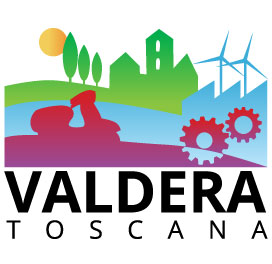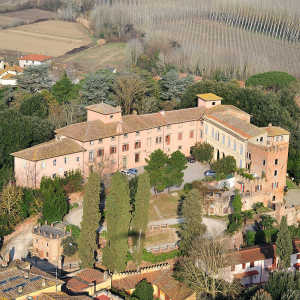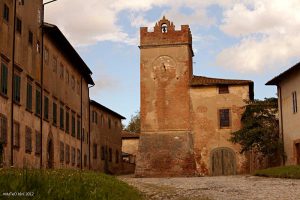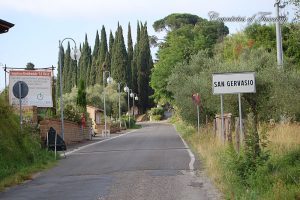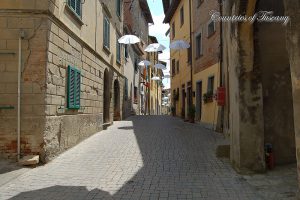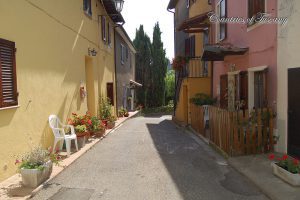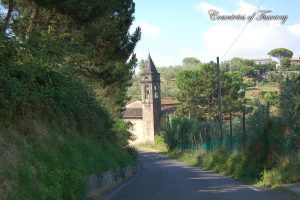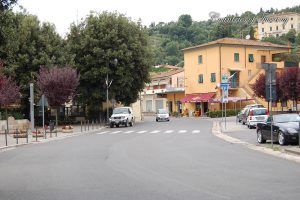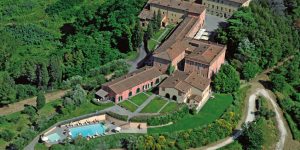PROGRAMMA
?????? ?? ?????? ????

Ore 10.00 Apertura registrazioni dei partecipanti iscritti (Piazzale del Museo Piaggio)

Ore 13.00 Pranzo con pocket lunch

Ore 14.30 Mini Tour di Pontedera

Ore 15:30 Tutti in posa, foto aerea con drone

Ore 16:00 Anteprima Mostra “Vespa & Sound” al Museo Piaggi

Ore 16:30 Inaugurazione della Sede Vespa Club Pontedera intitolata a “Giuseppe Stefanelli” (piazzale del Museo Piaggio)

Ore 17.30 Concorso di Eleganza (Piazza Martiri della Libertà)
A seguire: Cena diffusa, libera in ristoranti convenzionati della città

Ore 21.30 Musica & Festa (radio dj Anni ‘70/’80) a cura di RADIO BRUNO
in contemporanea vendita charity Vespa Red

Ore 22.00 concerto DB DAYS BAND

Parcheggio notturno presso Biblioteca Gronchi adiacente al Museo Piaggio.

???????? ?4 ?????? ????

Ore 09.00 Adunata Vespa nel piazzale del Museo Piaggio

Ore 10.00 partenza per parata attraverso la Valdera verso Lajatico

Ore 12.00 arrivo e passaggio al Teatro del Silenzio

Ore 13.30 pranzo per i prenotati
Include: welcome kit (bag, adesivo, placca, badge), posto nel parcheggio Vespa e packet lunch del sabato.
Pranzo della Domenica (opzionale): 25 € a persona.
Menu
antipasto: crostini misti toscani
primi: risotto ai funghi, pennette alla disperata
secondi: prosciutto con patate al forno
Acqua – vino toscano – caffè
La partecipazione è permessa a tutti i membri, regolarmente iscritti, di Vespa club nazionali o internazionali affiliati al
#VespaWorldClub.
Sono ammessi a questo evento solo veicoli originali Piaggio, legalmente autorizzati e assicurati.
